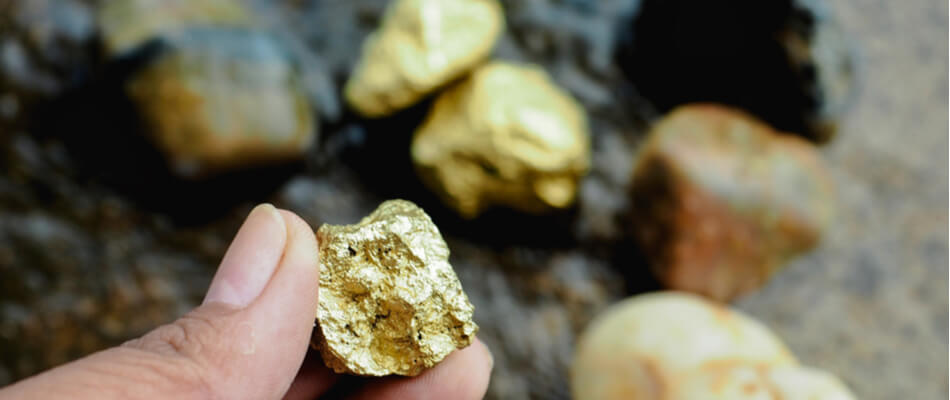How do you start investing in commodities?
There is currently a lot of attention for commodities as an investment form. Investing in oil, gas or gold is a favorite among many investors. In economically difficult times, people often resort to stable commodities such as gold and silver .
The fluctuating prices of oil are something that everyone who needs to fill up with petrol has to deal with. As an investor, you can easily play into this, partly due to the rise of the internet. Via the internet, you can easily participate in the various stock exchanges that we know. Here is further explained how this works by means of online brokers.
Step-by-step investing in raw materials
Through the intervention of a broker it is possible to invest in all possible rates worldwide, including in raw materials. In a few mouse clicks you can start investing. The following steps are followed:
- Start a free program
- Select a course
- Determine the desired deposit
- The investment is going to start
- Close the investment
If you have closed the investment at the moment that your position has become more valuable, it is possible that you have quickly realized a nice profit on, for example, the oil price. Investing always involves a certain risk, but the practice of investing in raw materials shows that a high return in a short time is also certainly possible.
In order to provide clear insight into this way of investing, we will explain each step in more detail. With the necessary information, you can then start with a demo account. This is a program with which you can practice investing in raw materials for free and in a safe, simulated environment.
Step-by-step plan for investing in commodities
Go to an online broker
You can compare different brokers and then open an online broker account.
Choose a course
In your broker’s program you will find a complete overview of all prices. In a few clicks you can then make an investment in commodities such as oil, coffee, sugar, gold and silver.
Determine the stake
Via the button -buy- you will enter the screen where you can manually enter your deposit. You will discover that a certain position that you want to open only needs to be partially financed. For example, with a relatively small amount of €100 you can open a gold position of €15,732.
It is possible to trade a large number of shares with a relatively small amount of money via the internet. This is a fantastic opportunity to make a profit, but be aware that it also entails risks. For example, you can earn a lot with a small increase in the price, but you can also make large losses with a small decrease. A good option is to protect yourself against this by pressing the button -stop loss-, which is available in your broker’s program.

Start the investment
This is done very quickly with one push of the right button. Now you can follow all the rates and the real-time value precisely with the software program.
Stop the investment at the right time
If you want to stop the investment you have made, this is also very easy. You only have to click on the button -close- and your position will be closed. The final amount, which consists of the investment plus the achieved return (or minus any loss), will be automatically added to your account.
Just a calculation example: Suppose you have taken a position of 15,000 in step 3 by investing only €100. If this has increased in value by 2%, you decide to stop. The return is then €300. This amount, together with the deposit of €100, will simply be credited to your account!
Compare brokers and start investing in commodities
Are you excited about investing in commodities, such as silver and gold, after reading this article? View all brokers that offer investment options on commodities and find the broker that suits you best!